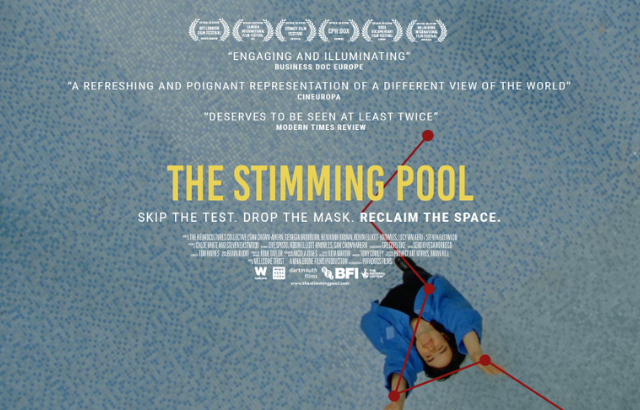Social media platforms letting down autistic users, new research shows
Mainstream social media platforms need redesigning to avoid deepening social exclusion of autistic people, according to Queen Mary University of London research published today at CHI (Human Factors in Computing Systems) conference during Autism Acceptance Month.

While understanding and awareness of autism has majorly progressed in recent years, with around 7000 Brits diagnosed, most autistic adults in the UK still don’t get the support they need to be fully included in society. Autism can have a profound impact, with just 29% of autistic adults in any kind of work and new Government plans announced this month to boost employment prospects.
Language and communication differences associated with autism can make relationships challenging and lead to isolation – but researchers on Queen Mary’s ‘Autistic Adults Online’ project are exploring how the power of social media could be harnessed to help overcome these issues.
Researchers led by Queen Mary’s Professor Nelya Koteyko held in-depth interviews with autistic adults to explore how they use social media, how they feel about the way the platforms work and how that impacts their interactions. Their findings reveal challenges facing autistic social media users and how the platforms could be designed to better support their inclusion.
Professor Koteyko explained: “Mainstream social media design is mainly based on the way non-autistic (allistic) people think. This could make social exclusion for autistic people worse. Our participatory research aims to show how looking at social media from an autistic perspective can help identify these biases and work towards addressing them.”
The new paper details the strain that autistic people feel when adapting their communication style to interact with other social media users. One research participant expressed: "Trying to work out how you’re meant to react. Are your emotions appropriate? How do you say that? How do you have to fluff it out to make it palatable to other people? Just exhausting, totally exhausting."
Social media features intended to enhance interactions often had the opposite effect for autistic users. Someone in the study said: “It’s totally confusing, emojis; I don’t know how I’m feeling, so how do I know which one to use?" Others struggled with GIFs and hashtags for similar reasons.
Despite some useful features, participants also described how Facebook, Instagram and Twitter were not ideally suited to their preferred style of sociality. Commenting on Twitter a participant explained: “It feels like a muddle of people, where things aren’t grouped necessarily by subject matter. It’s sometimes very difficult, to get them all sort of grouped together in my head."
Based on their interdisciplinary research that draws on linguistics and human computer interaction design, Professor Koteyko and the team have recommendations for social media platform designers to make online spaces more inclusive for autistic adults, such as:
- Create more powerful tools to engage in interest-based sociality and to establish connections based upon mutual interests
- Create more sophisticated filters to remove upsetting, impolite, negative, and confrontational content
- Create more explicit and conspicuous tools for setting the visibility and availability of profile information and user-generated content, and provide more granular control over who can view and respond to that content
- Enable further configuration and customisation options for algorithmic content feeds
- Create multi-modal tools that support autistic adults with understanding tone and meaning in content created by other users, and tools which support exploratory self-understanding of the tone of their own content prior to sharing within a network.
- Create tools that support autistic adults to manage their time on social media, and avoid over engagement
Commenting on the study, on participant said: “ This study has brought to light the varied and distinctive experiences of how autistic people interact with social media. While it does have the power to connect people across the community, there are risks in how to manage a different kind of social unpredictability that we also have to deal with in face to face situations. There are some concrete actions from this research which deserve to be given serious consideration by the companies which are responsible for these social networks.”
Professor Koteyko concluded: “The intent of this study was not to draw generalisable conclusions about the autistic population, but about the design of social media platforms. Mainstream social media platforms can learn from the experiences of autistic people to create platforms that are kinder and more considerate towards everyone.”
Dr Amanda Roestorf, Head of Research at research charity Autistica– a project partner who facilitated recruitment of the study participants , added: “This crucial research to understand how autistic people use social media, and the barriers they may encounter, provides really practical steps that companies can take to make their platforms more inclusive and accessible. Online social spaces can be a lifeline for autistic people, who may be isolated by challenges accessing physical spaces or communicating face-to-face, so we're keen for technology companies to take on board the results of this study.”
To read the newly published paper, and find out more about the wider research project, go to https://autisticadultsonline.com/
Related items

22 October 2024

